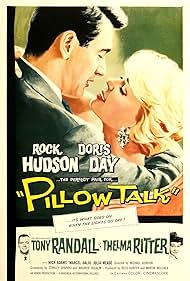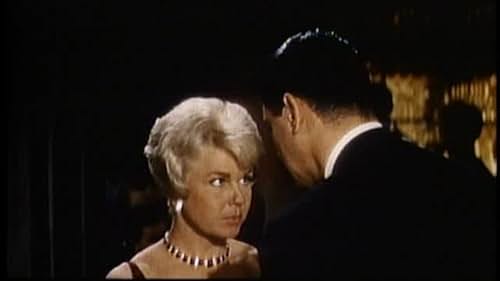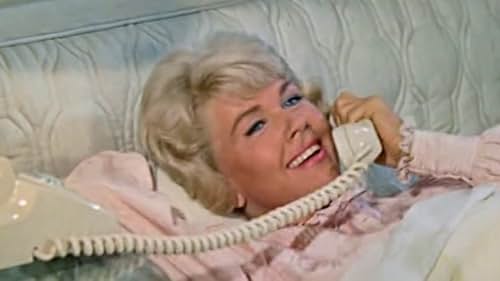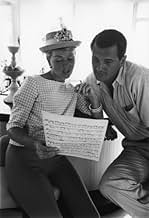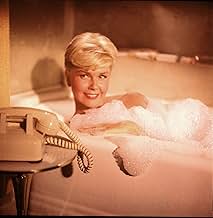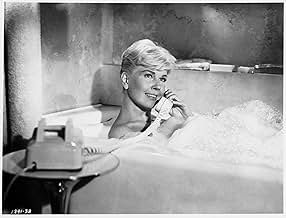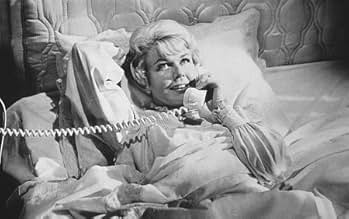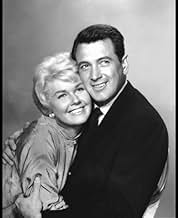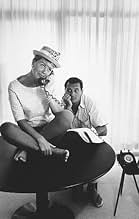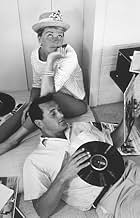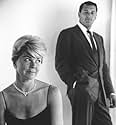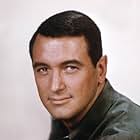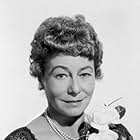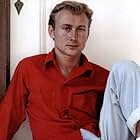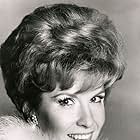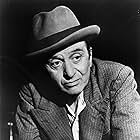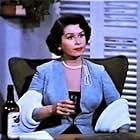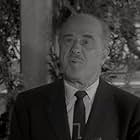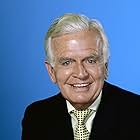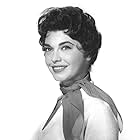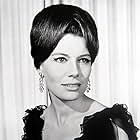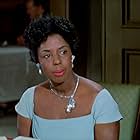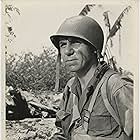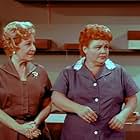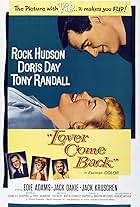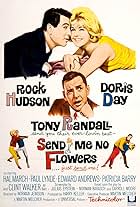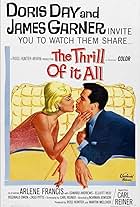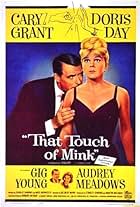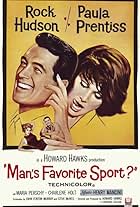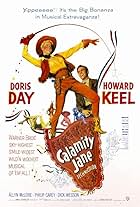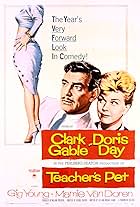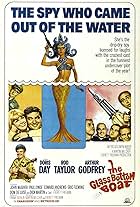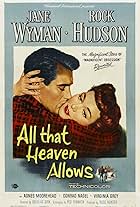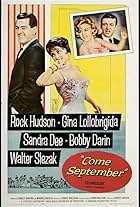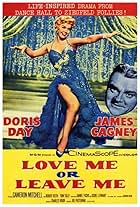An interior decorator and a playboy songwriter share a telephone party line and size each other up.An interior decorator and a playboy songwriter share a telephone party line and size each other up.An interior decorator and a playboy songwriter share a telephone party line and size each other up.
- Won 1 Oscar
- 7 wins & 11 nominations total
Storyline
Did you know
- TriviaRoss Hunter wrote that after he made this film, no theatre managers wanted to book it. Popular movie themes at the time were war films, westerns, and spectacles. Hunter was told by the big movie chains that sophisticated comedies like this movie went out with William Powell. They also believed that Doris Day and Rock Hudson were things of the past and had been overtaken by newer stars. Hunter persuaded Sol Schwartz, who owned the Palace Theatre in New York, to book the film for a two-week run, and it was a smash hit. The public had been starved for romantic comedy, and theatre owners who had previously turned down Hunter now had to deal with him on HIS terms.
- GoofsWhen Jan and Jonathan are talking in front of the interior design store about the car he is offering her, the same extras are seen multiple times. A woman with a blue coat and gray hat walks by four times, and a woman with a red coat walks by at least three times.
- Quotes
Hotel clerk: There's no phone number, but I have a forwarding address.
Jonathan Forbes: 241 Stoneybrook Road.
Hotel clerk: Why yes sir.
Jonathan Forbes: [slams counter] And you let her go.
Hotel clerk: Well, it wasn't my place...
Jonathan Forbes: No, it's my place, and I helped him pack.
- Crazy creditsAs Doris Day sings 'Pillow Talk' over the closing credits, the film finishes with 'the end' on two horizontal pillows followed by 'not quite', 'not quite', 'not quite', 'not quite' stacked vertically on four pillows.
- ConnectionsFeatured in The Doris Mary Anne Kappelhoff Special (1971)
Featured review
One of the first (and certainly the most popular) of the early-'60s bedroom comedies--movies about sex that never use the word, relying instead on double entendres, implications and innuendo. A New York City party-line connects a single working girl--a somewhat rigid and humorless interior decorator with a shapely figure--and a bachelor songwriter and ladies' man who has one tune for every new gal. They're enemies on the phone-line only; once he gets a good look at her (or rather, her shimmying behind on the dancefloor of a nightclub), he decides to woo her using the alias of a shy Texas cowboy. In their first of three pictures together, Rock Hudson and Doris Day share fresh, happy chemistry; their love scenes are convincing--Hudson is a great kisser--and soon Day is singing "Possess Me" to herself on the car-ride with Hudson to his pal's country hideaway. Tony Randall (who also appeared with Hudson and Day in both 1961's "Lover Come Back" and 1964's "Send Me No Flowers") and Thelma Ritter are equally terrific, and the picture has a lovely, cocktail lounge-styled plastic-perkiness which is very winning. With the advent of '60s permissiveness on the screen, "Pillow Talk" (with it's winking, nudge-nudge 'naughtiness') soon looked coy and antiquated; however, it holds up nicely today. Five Oscar nominations--including Day as Best Actress (her only such nomination!)--with one win: for Stanley Shapiro and Maurice Richlin's original screenplay from an initial treatment by Russell Rouse and Clarence Greene. *** from ****
- moonspinner55
- May 21, 2001
- Permalink
- How long is Pillow Talk?Powered by Alexa
Details
Box office
- Gross worldwide
- $10,265
- Runtime1 hour 42 minutes
- Aspect ratio
- 2.35 : 1
Contribute to this page
Suggest an edit or add missing content

